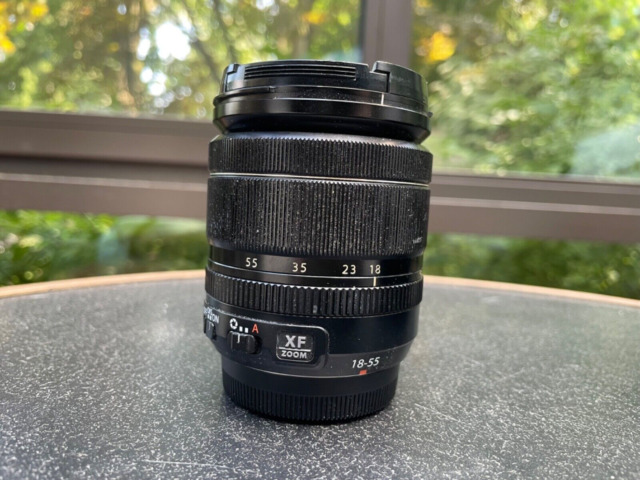In a world where digital media often dominates the creative landscape, there’s something refreshingly tangible about a zine. A zine, short for magazine or fanzine, is a small, self-published work that allows artists, writers, and creatives to share their ideas and art in a personal and accessible format. For photographers, creating a photography zine can be a powerful way to showcase work, tell a story, or connect with an audience on a deeper level.
Whether you’re a seasoned photographer or just getting started, making your own photography zine can be a fulfilling creative project. This guide will walk you through the essential steps, from conceptualization to distribution, to help you create a photography zine that resonates with your audience.
Step 1: Define Your Concept and Theme
Before diving into the design and layout, it’s crucial to start with a clear concept. Ask yourself what story you want to tell through your zine. Do you want to showcase a series of photographs from a recent trip, explore a particular theme like urban decay, or present a narrative through portrait photography? Your concept should be something that excites you and that you believe will engage your audience.
A strong theme will guide the selection of images and give your zine a cohesive feel. For example, if your theme is “Isolation in the City,” you might choose photographs that convey loneliness, empty spaces, or people in solitary moments amidst a bustling urban environment.
Step 2: Select Your Photos
Once you have a clear theme, it’s time to curate your photographs. This step is about quality over quantity; a photography zine should feature only your best work. Review your portfolio and select images that not only align with your theme but also complement each other. Consider how each photo contributes to the overall narrative of your zine.
Pay attention to the flow and sequence of the images. The way your photos are arranged can create a rhythm and guide the viewer’s experience. You might want to start with a strong opening image that sets the tone, followed by photos that build on the theme, and conclude with an impactful closing image.
Step 3: Decide on the Format
Zines come in various formats, from simple photocopied booklets to professionally printed magazines. Deciding on the format of your zine will depend on your budget, the look you’re going for, and how you plan to distribute it.
- Size and Dimensions: Common sizes include A5 (5.8 x 8.3 inches) or A6 (4.1 x 5.8 inches), but you can choose any size that suits your vision.
- Binding: Options include saddle-stitch (stapled), perfect-bound (like a paperback book), or even hand-stitched. Saddle-stitching is common for smaller zines, while perfect-bound might be better for a more polished look.
- Paper Type: The choice of paper can dramatically affect the feel of your zine. Glossy paper works well for vibrant, color-rich images, while matte paper can give a more subdued, artistic feel. You might also consider recycled or textured paper for a unique touch.
Step 4: Layout and Design
Designing the layout of your zine is where you can get creative. The layout should enhance the storytelling aspect of your zine, guiding the reader through your photographs in a deliberate way.
- Software: You can use design software like Adobe InDesign, Affinity Publisher, or even simpler tools like Canva. InDesign offers extensive features for layout design but might have a steeper learning curve.
- Grid and Composition: Use a grid to ensure consistency across pages. Decide whether you want to use full-page images, borders, or overlays. The composition of each page should be intentional, considering how text (if any) and images work together.
- Typography: If your zine includes text, such as titles, captions, or an introduction, choose a font that complements the tone of your photography. The font should be legible and not distract from the images.
- White Space: Don’t be afraid of white space; it can be a powerful design element that gives your images room to breathe and allows the viewer to focus on the details.
Step 5: Print and Assemble
Once your layout is finalized, it’s time to print and assemble your zine. Depending on your budget and the number of copies you want to produce, you have a few options:
- Home Printing: If you’re producing a small number of zines, printing at home might be cost-effective. Invest in good quality paper and ink to ensure your images are vibrant and clear. Hand-binding your zines can add a personal touch.
- Local Print Shop: For a more professional finish, consider using a local print shop. They can offer advice on paper choices, binding methods, and print quality. This option is great for mid-range quantities.
- Online Printing Services: Services like Blurb, Mixam, or PrintNinja offer various printing options, from small batches to larger runs. They also provide tools to help you with the layout and design if needed.

Step 6: Distribute and Promote
With your zine in hand, the final step is getting it into the hands of your audience. Distribution can be as simple or as involved as you want it to be.
- Local Events and Markets: If you live in a city with a vibrant arts scene, consider selling or giving away your zine at local art markets, photography exhibitions, or book fairs. This approach allows you to connect directly with your audience.
- Online Sales: Platforms like Etsy, Big Cartel, or even your own website are great for selling zines online. Be sure to take high-quality photos of your zine to entice potential buyers.
- Social Media: Promote your zine on social media platforms like Instagram, Twitter, or TikTok. Use relevant hashtags to reach a broader audience and consider collaborating with other photographers or artists to cross-promote.
- Mailing List: If you have a mailing list, send out an announcement to your subscribers. Offering a special discount or a limited edition copy can encourage sales.
Step 7: Reflect and Learn
After your zine is out in the world, take some time to reflect on the process. What worked well? What would you do differently next time? Creating a zine is a learning experience, and each one you make will likely be better than the last. Seek feedback from peers, buyers, and your audience to understand what resonated with them.
Conclusion
Creating a photography zine is a rewarding way to share your work, express your artistic vision, and connect with others who appreciate your photography. It’s a process that requires creativity, patience, and attention to detail, but the result is a tangible piece of art that you can hold in your hands and share with the world.
Whether your zine is a one-off project or the beginning of a new creative venture, the skills and insights you gain from this experience will enhance your photography practice and open up new avenues for artistic expression. So grab your camera, dive into your archives, and start creating your first photography zine today! For more information or to read all about proportion photography, you may visit their page to learn more.





